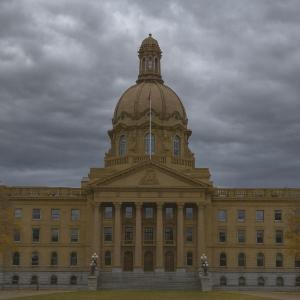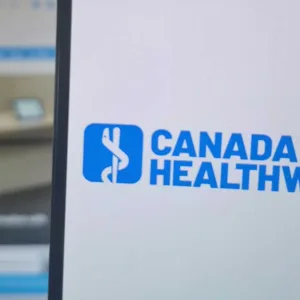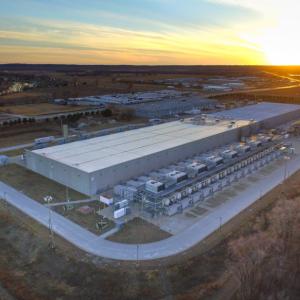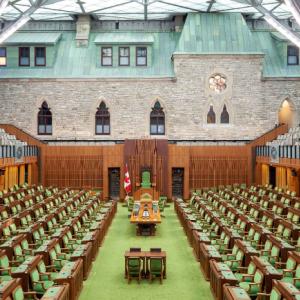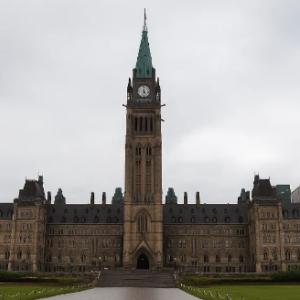This is how a health system burns to the ground
Imagine a city with one firehall. It’s the only place equipped to handle real emergencies, train new fire crews, and stop homes and neighbourhoods from burning to the ground.
Now imagine the government starts pouring money into shiny brush-fire trucks owned by a couple of companies. They’re fast and impressive-looking.
But there’s a catch. Well, a few, actually.
They only handle small grass fires.
They don’t run at night.
They don’t rescue people.
They don’t train the next generation of firefighters.
But they’re easy to manage and great for optics, so slowly but surely City Hall pulls firefighters and funding away from the main firehall to keep these trucks running.
Then comes the real catch.
The private trucks are allowed to sell “priority response packages” to anyone who’ll pay. Suddenly the richest people in town get their grass fires extinguished instantly, with white-glove service.
Meanwhile the firehall responsible for real emergencies is understaffed, overworked, and unable to respond when more than one actual house catches fire.
Neighbourhoods burn.
The government spends all month bragging about record brush-fire response numbers.
If this sounds absurd, it should.
It’s also exactly what Alberta is doing to its healthcare system.
The “brush fires” are simple, profitable procedures.
The “shiny trucks” are private clinics.
But the firefighters being siphoned away aren’t the surgeons. They’re the anesthesiologists and nurses who make cancer surgeries, trauma operations, and emergency care possible.
Pull these people out of hospitals, and the system breaks. You cannot run a fire department by funding brush-fire crews while the city burns.
Run a health system that way, and people don’t wait for care.
They die.
Dr. Paul Parks is an emergency medicine physician in Medicine Hat and the former president of the Alberta Medical Association.
